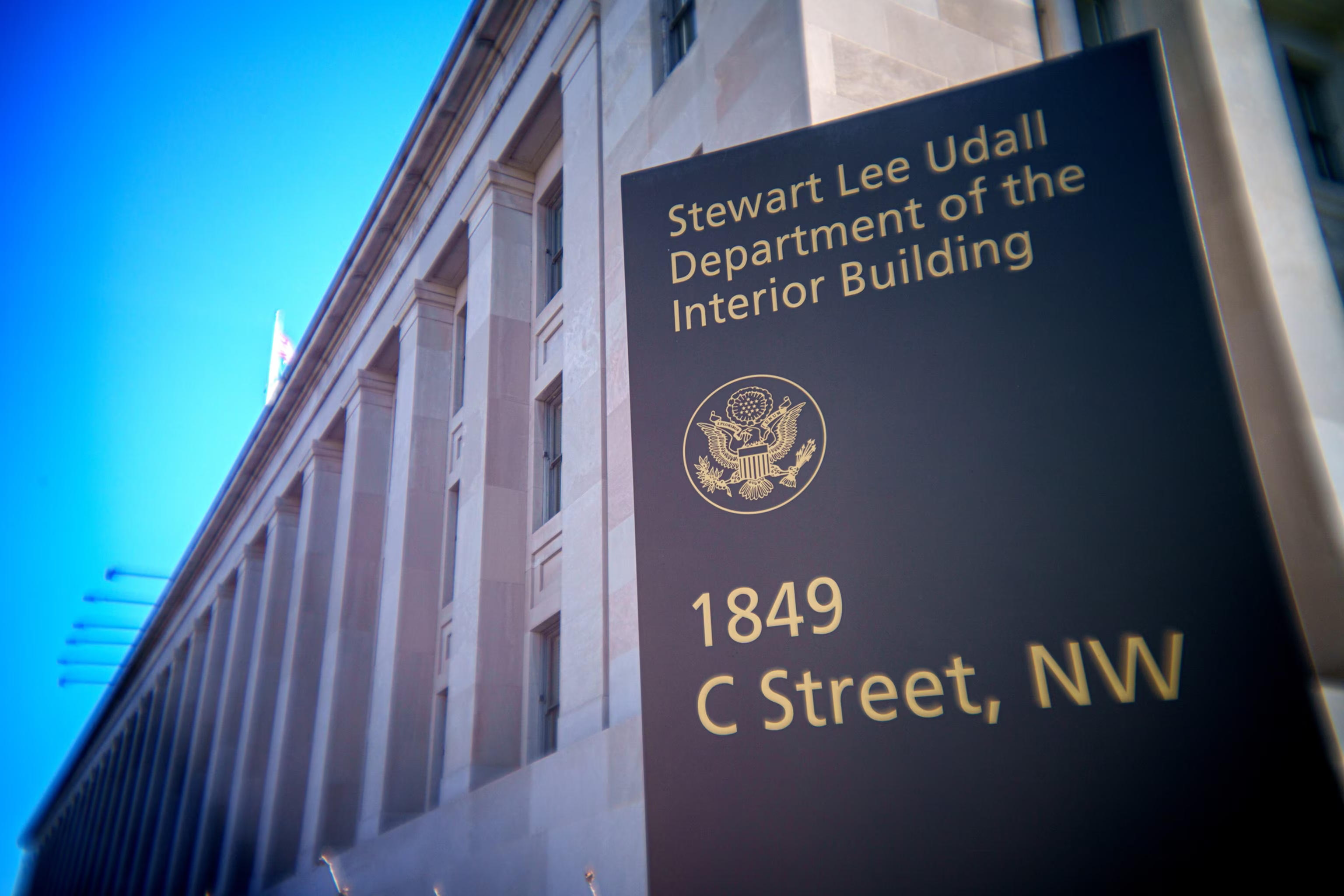In the ever-evolving landscape of global economics, the United States has recently achieved a remarkable feat. According to the International Monetary Fund (IMF), policymakers have successfully tamed the worst inflation in four decades without plunging the economy into a recession.
This “major achievement” not only highlights the resilience of the U.S. economy but also sets the stage for significant changes in interest rates, taxes, and government spending. Let’s dive into the details of this economic triumph and explore what it means for the future.
The inflation dragon: tamed but not slain
Inflation, often likened to a dragon that can wreak havoc on economies, has been a persistent challenge for policymakers worldwide. In the U.S., the recent surge in inflation was the highest seen in 40 years, causing concern among economists and citizens alike.
However, through a combination of strategic interest rate adjustments and fiscal policies, the U.S. has managed to bring inflation under control. It’s like taming a dragon with a well-timed lullaby—no easy feat, but certainly a commendable one.
A recession dodged: the economic tightrope
Avoiding a recession while tackling inflation is akin to walking a tightrope over a pit of hungry alligators. One wrong move, and the consequences could be dire. Yet, the U.S. has managed to maintain its balance, thanks to prudent economic strategies.
This achievement not only reflects the strength of the U.S. economy but also its ability to adapt and thrive in challenging circumstances. It’s a testament to the skillful navigation of economic waters by policymakers.
The road ahead: interest rates, taxes, and spending
With inflation under control, the U.S. is now poised to make significant changes in interest rates, taxes, and government spending. These adjustments are crucial for sustaining economic growth and ensuring long-term stability. Imagine the economy as a well-oiled machine; these changes are like fine-tuning its gears to ensure optimal performance. As these policies take shape, they will play a pivotal role in shaping the economic landscape for years to come.
A beacon of recovery: the U.S. economy’s resilience
The IMF’s report also highlights the U.S. as having the strongest recovery from the pandemic among advanced nations. This resilience is not just a stroke of luck but a result of strategic planning and execution.
It’s like watching a phoenix rise from the ashes, stronger and more vibrant than before. The U.S. economy’s ability to bounce back from adversity serves as an inspiration for other nations grappling with similar challenges.
Lessons learned: a blueprint for success
The U.S. experience offers valuable lessons for other economies facing inflationary pressures. By prioritizing strategic policy measures and maintaining a focus on long-term goals, countries can navigate economic challenges effectively. It’s like having a treasure map that guides you through a labyrinth of uncertainties, leading to prosperity and stability.
Conclusion: a future of promise and potential
As the U.S. continues to build on its economic achievements, the future looks promising. The successful management of inflation and avoidance of recession are not just victories for policymakers but for the nation as a whole.
With strategic changes on the horizon, the U.S. is well-positioned to continue its journey of growth and prosperity. So, let’s raise a toast to the resilience of the U.S. economy—may it continue to thrive and inspire!
Stay tuned with us to read the most important news from the U.S. and keep yourself informed about the latest developments.
Contact us today through our website or WhatsApp to discover how we can help you achieve success in the United States. Together, we can turn dreams into reality.
Information source: washingtonpost.com



